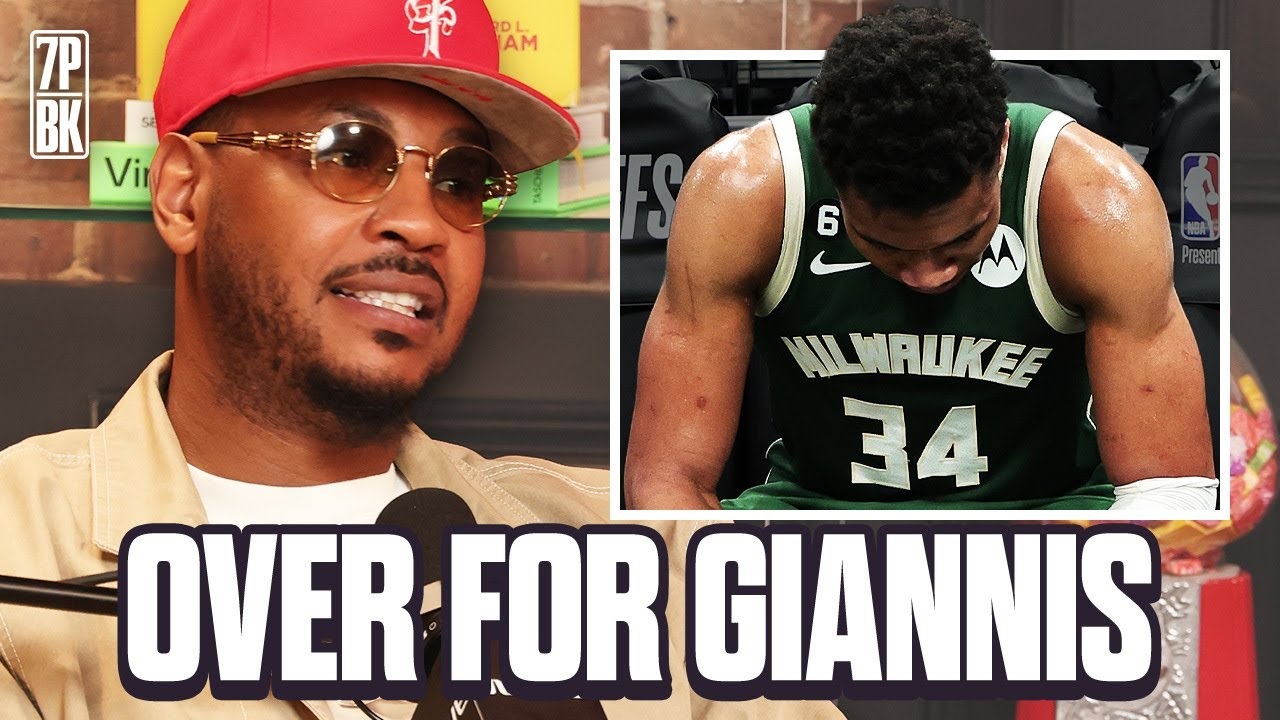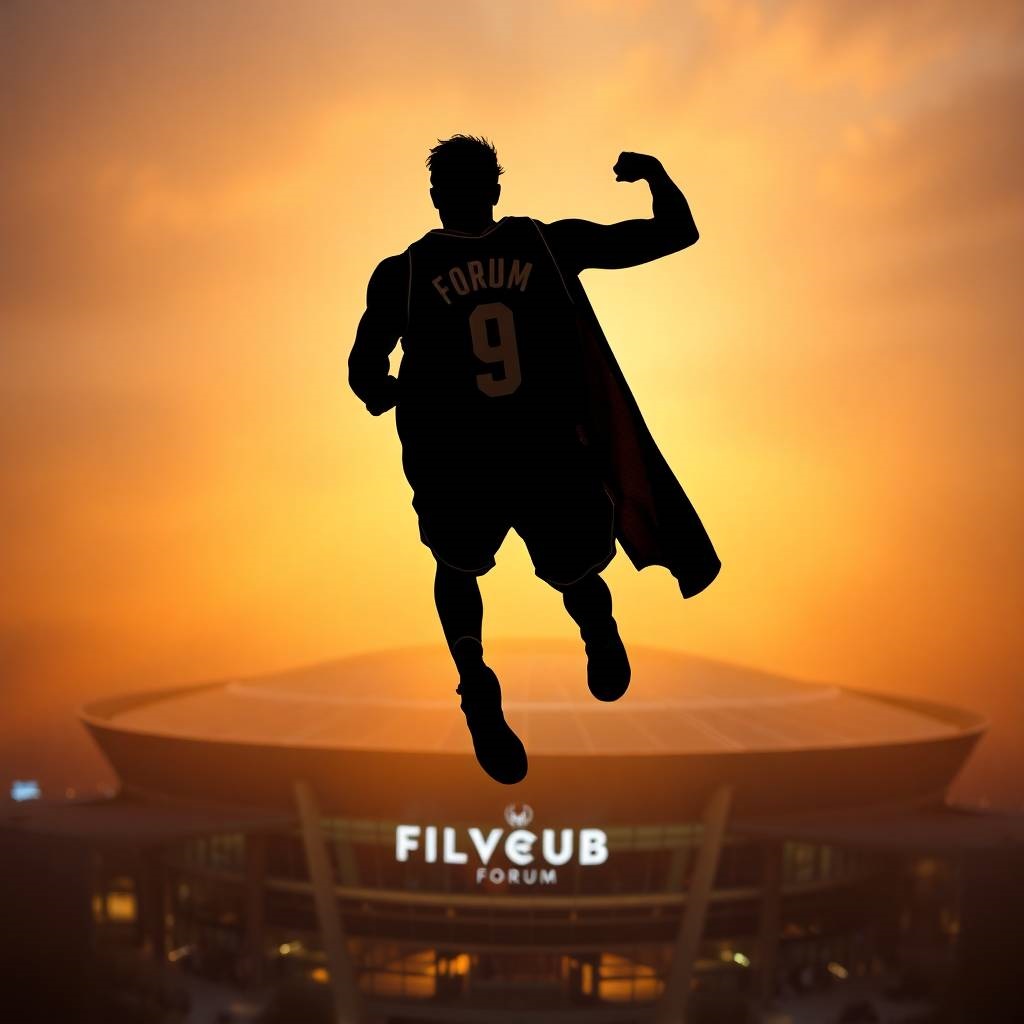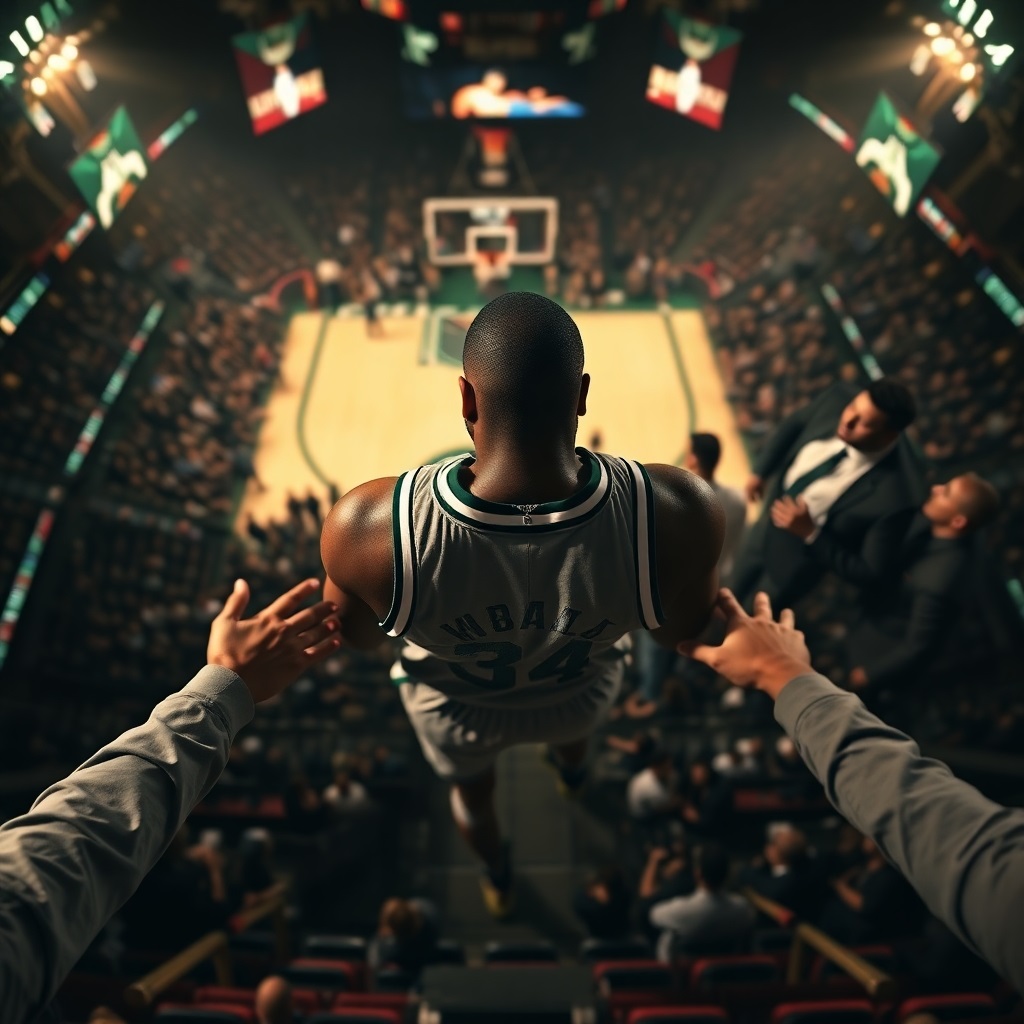The NBA off season is often a breeding ground for speculation, and this year, Milwaukee Bucks superstar Giannis Antetokounmpo has found himself at the centre of swirling trade rumours. After the Bucks’ third consecutive first-round playoff exit in 2025, many pundits and fans have questioned whether the two-time MVP might seek a new team to chase another championship. However, NBA legend Carmelo Anthony recently weighed in on the debate, passionately dismissing the idea of trading Giannis and offering a thoughtful perspective on roster construction around the Bucks’ cornerstone.
The Context: Bucks’ Playoff Struggles and Trade Speculation
The Milwaukee Bucks’ 2024-25 season ended in disappointment, with a 4-1 first-round playoff loss to the Indiana Pacers. This marked the third straight year the Bucks failed to advance past the first round, a stark contrast to their 2021 NBA Championship triumph. The Bucks’ early exit, combined with their limited draft capital and a challenging salary cap situation (projected at $154.6 million for 2025-26), has fueled speculation about Giannis’ future. Milwaukee lacks control over their first-round picks until 2031, and key players like Brook Lopez and Bobby Portis could hit free agency soon. With Lillard potentially sidelined for much of the next season, some analysts have suggested that trading Giannis could be the best path for a franchise reset. Trade proposals have linked Antetokounmpo to teams like the Los Angeles Lakers, Miami Heat, Houston Rockets, and even the Toronto Raptors, with hypothetical packages involving young stars, draft picks, and role players.
However, not everyone agrees that trading Giannis is the answer. Enter Carmelo Anthony, whose recent comments have added a fresh perspective to the conversation.
Carmelo Anthony’s Take: “You’d Be Starting All Over”
On a recent episode of his podcast, 7PM in Brooklyn, Carmelo Anthony addressed the Giannis trade rumors with a blend of pragmatism and respect for the Bucks’ superstar. Anthony argued that trading Antetokounmpo would be a shortsighted move for Milwaukee, emphasizing the difficulty of replacing a player of his caliber. “You’d be starting all over,” Anthony said. “You don’t get players like Giannis often. You’d be giving up a generational talent, and for what? A bunch of picks and maybe a young guy who might be good? That’s a gamble.”
Anthony’s perspective is rooted in his experience as a former NBA star who navigated trade rumors during his own career. He highlighted the importance of building around Giannis rather than dismantling the roster. “The grass isn’t always greener,” he noted, suggesting that Giannis moving to another team wouldn’t guarantee a championship. Instead, Anthony urged the Bucks to conduct “due diligence” in constructing a competitive roster around Antetokounmpo, focusing on adding complementary pieces that align with his prime years.
Anthony’s comments resonate with the Bucks’ current predicament. At 30 years old, Giannis is still in his prime, averaging 30.4 points, 11.9 rebounds, and 6.5 assists per game in the 2024-25 season while earning his ninth consecutive All-Star nod. His contract, which runs through the 2026-27 season with a player option for 2027-28, gives Milwaukee time to retool rather than rebuild. Trading him now could yield a significant haul, but it would also mean parting with the most impactful player in franchise history—a move that could set the Bucks back for years.
The Bucks’ Perspective: Loyalty and Financial Stakes
The Bucks’ organization has repeatedly signaled their commitment to Giannis. Owner Marc Lasry told reporter Dave Bridge, “I don’t think he’s leaving Milwaukee. We’ve done everything we can to make Giannis feel comfortable that we’re doing the right thing.” This sentiment aligns with reports from ESPN’s Shams Charania, who noted that Giannis and the Bucks plan to meet this offseason to discuss his future and the team’s plans—an annual tradition that carries extra weight this year. Multiple sources have indicated that Giannis remains happy in Milwaukee and values his partnership with Lillard, despite the team’s recent struggles.
Financially, Giannis is a cornerstone for the Bucks beyond his on-court contributions. As NBC Sports pointed out, Antetokounmpo is a major driver of ticket sales, sponsorships, and the team’s brand, particularly with the relatively new Fiserv Forum. Trading him would not only risk alienating fans but also jeopardize the franchise’s economic stability. The Bucks’ reluctance to initiate trade talks—unless Giannis explicitly requests a move—underscores his immense value to the organization.
Giannis himself has expressed loyalty to Milwaukee, stating in 2025, “I don’t think that I would ever text [and ask for a trade]. I am not this kind of guy, they would have to kick me out.” His Instagram post after the playoff loss, featuring a Bucks shirt with the caption “Win for Cream City,” further suggests he’s not actively seeking a way out. However, his desire to win a second championship remains a priority, and he’s been candid about his disappointment in failing to achieve that goal since 2021.
The Counterargument: Why Trade Rumors Persist
Despite Anthony’s defense and Giannis’ loyalty, the trade rumors aren’t baseless. The Bucks face significant challenges in building a championship-caliber roster. Lillard’s injury, combined with an aging core (Lopez is 37, and Khris Middleton has battled injuries), limits Milwaukee’s flexibility. The team’s lack of draft picks hampers their ability to acquire young talent, and their cap situation makes it difficult to sign high-impact free agents. Some analysts, like The Athletic’s John Hollinger, argue that trading Giannis is the “only path that makes sense” for a franchise with limited assets, as it could provide the draft capital and young players needed for a rebuild. Furthermore it seems more and more that Giannis is past his prime with many important statistical categories worse this season than previous years. Most importantly it no longer seems like Giannis is unstoppable. Not in games that matter.
Giannis’ own comments about wanting a second ring have fueled speculation. He told reporters, “If I am not able to help my team win a second ring, I’m letting down myself.” While he hasn’t demanded a trade, his focus on contending could push him to reconsider his future if the Bucks can’t improve their roster.
What’s Next for Giannis and the Bucks?
Carmelo Anthony’s stance highlights a critical point: trading Giannis would be a high-risk move with no guarantee of long-term success. Instead, the Bucks are likely to explore ways to retool their roster this offseason. Potential moves could include:
- Trading Supporting Players: Rather than moving Giannis, the Bucks could look to trade veterans like Lopez or Portis to free up cap space or acquire younger talent.
- Targeting Free Agents: Milwaukee could pursue cost-effective role players to bolster their depth, especially at guard, to compensate for Lillard’s absence.
- Developing Young Talent: Players like Tyler Smith or AJ Johnson could step up, though they’re not yet ready to be difference-makers in a playoff series.
- Hoping for Lillard’s Return: If Lillard can recover by mid-2025-26, the Bucks could regain their status as contenders, provided they address other roster gaps.
For Giannis, the decision hinges on his priorities. Does he value loyalty to Milwaukee, where he’s become a legend, or does his desire for another championship outweigh that commitment? His contract gives him leverage, but also time to see how the Bucks respond this off season. But even if he moves to a new team, how bad will it look if he fails there too?
A Voice of Reason in a Sea of Speculation
Carmelo Anthony’s comments serve as a reminder to approach trade rumors with caution. While the Bucks face real challenges, trading Giannis Antetokounmpo would be a drastic step with far-reaching consequences. Anthony’s call for “due diligence” in building around Giannis aligns with the Bucks’ stated commitment to their superstar, and it challenges the narrative that a trade is inevitable. As the offseason unfolds, all eyes will be on Milwaukee’s front office and Giannis’ meeting with team brass. For now, the Greek Freak remains the heart of the Bucks, and Carmelo Anthony’s words offer a grounded perspective in an otherwise frenzied rumour mill.
Sources: Sports Illustrated, Bleacher Report, ESPN, NBC Sports, Yahoo Sports, The Athletic, HoopsHype, Lakers Nation, CBS Sports, and posts on social media.











